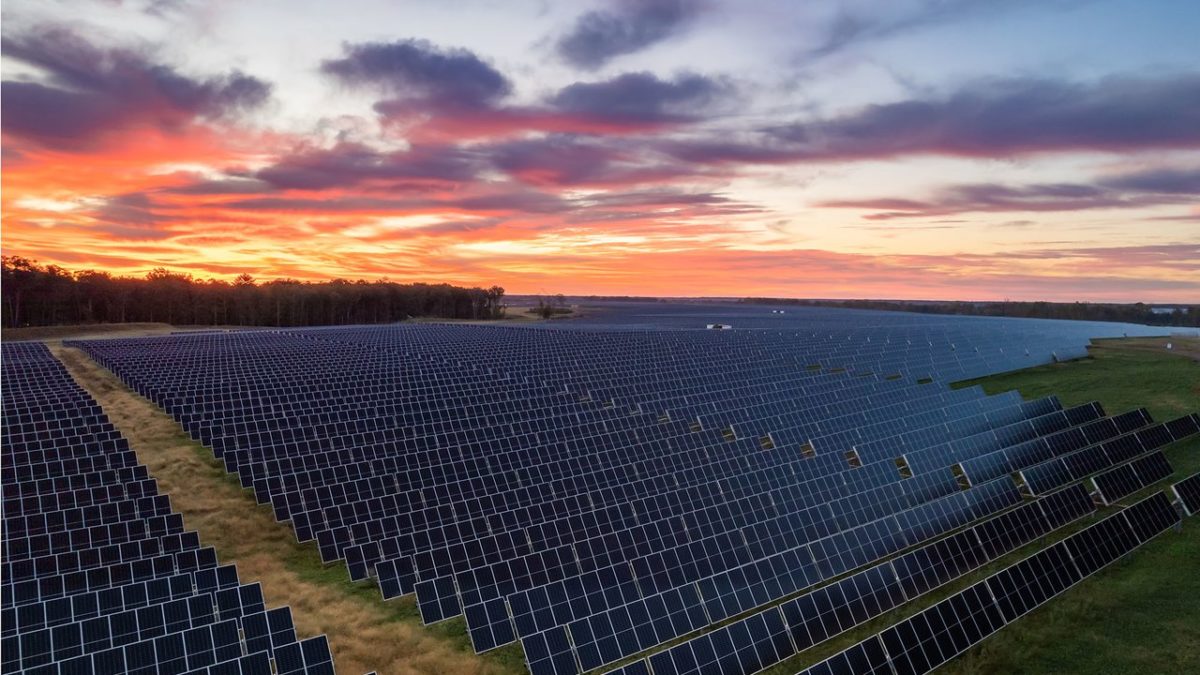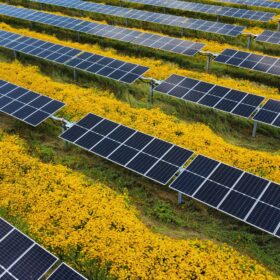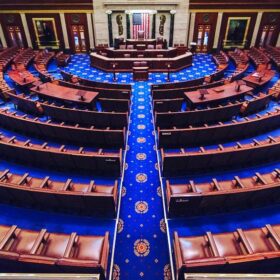Large-scale solar is booming in the United States, with 22.5 GW of utility scale capacity installed in 2023, according to the Solar Energy Industries Association (SEIA). That represents 77% growth over 2022, due to strong policies and the country’s decarbonization goals. Such figures might suggest that solar has strong support but developers cite public opposition as a major challenge.
Local opposition to solar energy comes in many forms, from neighbors who live near proposed large scale installations, to organized groups and municipal boards who pass legislation banning utility scale projects.
Perhaps the best-known story of solar opposition almost derailing a huge PV project in the United States began in 2019, in Spotsylvania, Virginia. The group noted for directing the most vitriol against a proposed 500 MW solar project was the “Concerned Citizens of Spotsylvania County,” a gathering thought by many to be funded by fossil-fuel interests. Other opponents included neighbors who didn’t want to see such a large site in their “backyard.” Development was delayed but was eventually approved, albeit with changes to the original plan made to appease those opposed to the project. Supervisors voted to cap the project at 500 MW, quelling local fears that then-developer sPower would later look to expand the site further.
Having been a thorn in the side of its developers for a few years, the Spotsylvania projects are now shining examples of clean energy that serve the nation’s needs. In 2020, software giant Microsoft signed a power purchase agreement covering the electricity generated by 315 MW of the project’s capacity, bringing the computing giant closer to powering all of its operations with renewable energy by 2025. In addition, the local economy benefited when more than 700 jobs were created during construction of the projects, and 35 of those became permanent.
Big gamble
In 2021, the U.S. Bureau of Land Management (BLM) came under fire when developers applied to build what would have been the largest solar installation in the country. The 850 MW Battle Born Solar Project would have been built by Arevia Power and Solar Partners VII on a hilltop in Moapa Valley, Nevada, which is administered by the BLM. A group of residents argued that the solar array would be an eyesore and could hurt recreational activity in the area. Developers then withdrew the application.
While the Battle Born project was lost, other sites on federal land are moving forward. In July 2022, the BLM issued the final approval for the construction of the Oberon solar project on about 2,700 acres of BLM-managed land near Desert Center, in Riverside County, California.
That project falls under the Desert Renewable Energy Conservation Plan, a policy that offers something for both proponents and opponents of siting utility scale renewables on 22.5 million acres across seven Californian counties. Goals include streamlining development of utility scale renewable energy generation and transmission in the deserts of southern California. This is consistent with federal and state renewables targets while providing for the long-term conservation and management of special-status species and desert vegetation communities, as well as other physical, cultural, scenic, and social resources within the designated area.
Over in Ohio
In March 2024, the Ohio Power Siting Board approved the Savion’s Oak Run solar project, an 800 MW utility scale PV facility with 300 MW of co-located energy storage. The project was approved despite some public opposition, which included concerns that agricultural land would be lost. A real-options analysis illustrated the land-use dollar value of solar purchasing far exceeded the value for agricultural use in Madison County.
In addition, local tax revenues estimated at between $242 million and $504 million to be accrued over the 30- to 35-year lifetime of the solar facility will flow to the county. Building the project is expected to result in the creation of more than 3,000 construction jobs. As much as $300 million in funding will be generated for local public schools as a result of the project.
Quelling opposition
A recent study from California’s Berkeley Lab, Michigan State University, and the University of Michigan sought to address an information gap that fosters local opposition to large scale solar. Neighbors of such facilities often cite blocked views, noise, and environmental concerns as reasons to scrap solar projects. The researchers from Michigan advise more direct engagement between developers and the operators of projects, local officials, and community members, including inviting people from neighboring communities where large scale solar is located to share their stories – good and bad – so that their voices are heard.
With PV expected to triple in the United States by 2028, to reach an estimated 380 GW of solar capacity, according to the SEIA and analysts at Wood Mackenzie, sharing facts early and often is imperative.
Machine learning
This content is protected by copyright and may not be reused. If you want to cooperate with us and would like to reuse some of our content, please contact: editors@pv-magazine.com.









As one of those opposing the Spotsylvania Project, there was NO money other than that if those of us who worked hard to block that atrocity.
Back then hardly anyone understood what this mess would bring and how destructive it would be.
Today, many of us are STILL fighting, educating and assisting local, state and national (even international) grassroots groups who want NOTHING TO DO WITH THIS STUFF.
Never undestimate how many there are of us and how effective we are to the lies and misrepresentations of the solar developers.
We also understand that if there were NO government/TAXPAYER subsidies, there would be no utility solar. It’s all about the money (much of it going to LLCs that are subsidiaries of FOREIGN COMPANIES).
WE WILL NOT STAND DOWN or bow to theose who want to destroy our way of life to fuel data centers and urban areas.
I hate the way the fields look and the damage its doing to the land.